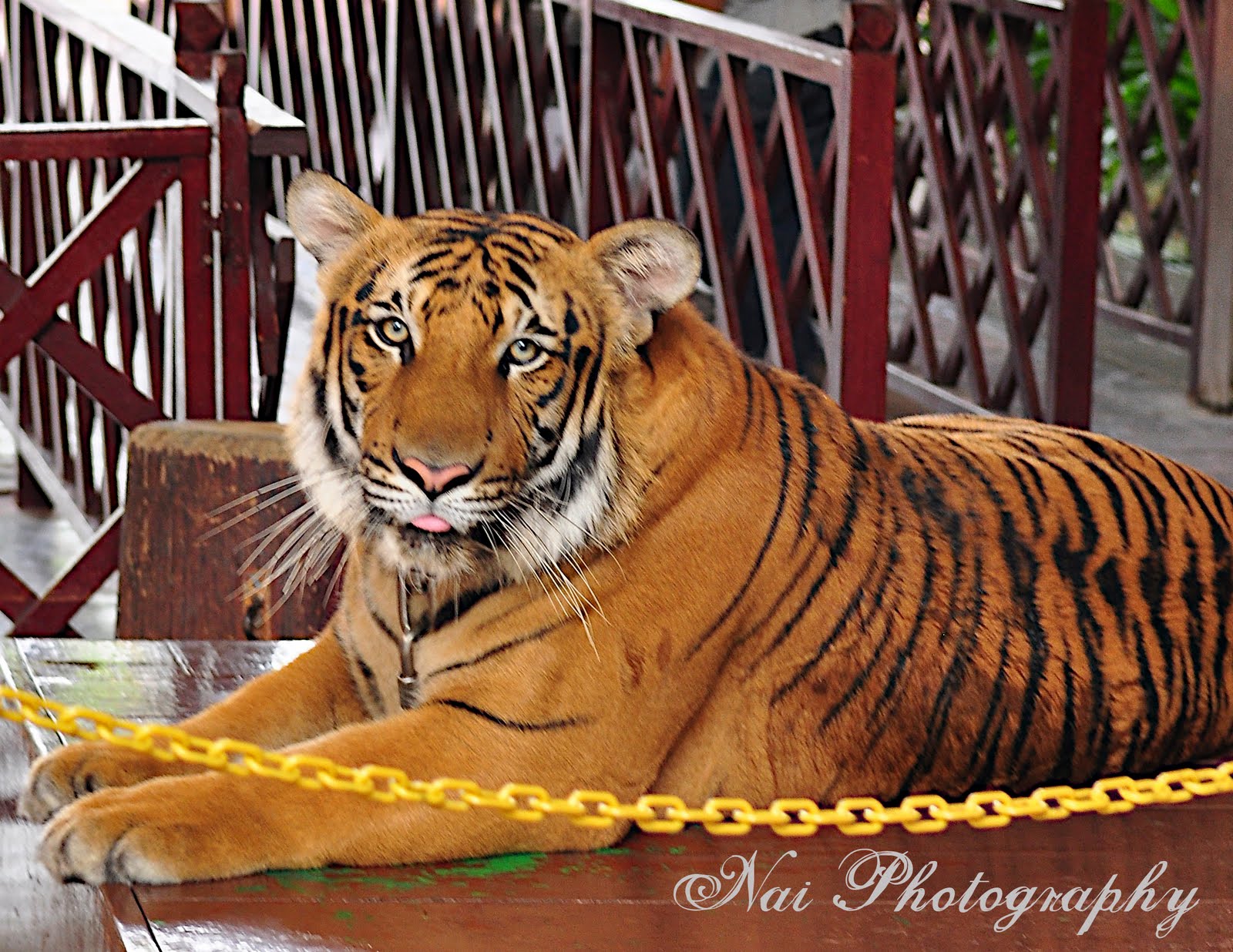
Wednesday, December 8, 2010
Thursday, November 18, 2010
Friday, November 12, 2010
Sunday, November 7, 2010
Sunday, October 24, 2010
Monday, October 18, 2010
Sunday, October 17, 2010
Sunday, September 5, 2010
Wednesday, September 1, 2010
Tuesday, August 31, 2010
Wednesday, August 25, 2010
Saturday, July 24, 2010
Hany & Jol Engagement
Tuesday, July 20, 2010
Saturday, July 17, 2010
Thursday, July 15, 2010
Coolcolour of Portraits a modern finish
 The edited version...
The edited version...After reading my July monthly digital camera magazine, one of the articles mentioned about how to give portraits a modern finish. So i decided to follow the tutorial by using Mariah Carey photo for trial and the outcome turns out to be what I have expected with subdue the colour and enhance the tones for an attractive, contemporary finish.
Friday, July 9, 2010
Tuesday, June 29, 2010
Wednesday, May 12, 2010
Tuesday, May 4, 2010
Monday, April 12, 2010
Sunday, April 11, 2010
Sunday, April 4, 2010
Wednesday, March 31, 2010
Flora De La Mar-HDR
 This photo was taken from inside the Van, When i passed this ship and remind myself to go here to take more pics but at the end i forgot bout it and what a shame hehehe... shopping lagi nah... here some of the history bout this ship...
This photo was taken from inside the Van, When i passed this ship and remind myself to go here to take more pics but at the end i forgot bout it and what a shame hehehe... shopping lagi nah... here some of the history bout this ship...Monday, March 29, 2010
Sunday, March 28, 2010
A'Famosa Porta De Santiago

This entrance is the only remnant of the old fort built by the Portuguese after their conquest of Melaka in 1511.
A Famosa, or “The Famous” in Portuguese, is one of the oldest surviving remnants of European architecture in Asia. Once part of a mighty fortress, this tiny gate (called the Porta de Santiago) is all that history has spared.
In 1511 a Portuguese fleet arrived under the command of Alfonso de Albequerque. His forces attacked and successfully defeated the armies of the native Sultanate. Moving quickly to consolidate his gains, Albequerque had the fortress built around a natural hill near the sea. Albequerque believed that Melaka would become an important port linking Portugal to the spice trade from China. At his time other Portuguese were establishing outposts in such places as Macau, China and Goa, India in order to create a string of friendly ports for ships heading to China and returning home to Portugal.
The fortress once consisted of long ramparts and four major towers. One was a four-story keep, while the others held an ammunition’s storage room, the residence of the captain, and an officers’ quarters.
The fort changed hands in 1641 when the Dutch successfully drove the Portuguese out of Melaka. The Dutch renovated the gate in 1670, which explains the logo “ANNO 1670″ inscribed on the gate’s arch. Above the arch is a bas-relief logo of the Dutch East India Company.
The fortress changed hands again in the early 19th century when the Dutch handed it over to the British to prevent Melaka from falling into the hands of Napoleon’s expansionist France. The English, knowing that they would have to return the fort to the Dutch at the end of the Napoleonic wars, were determined to make the city as useless to the Dutch as possible. They planned to relocate the population and demolish the fort. This nearly happened, but Sir Stanford Raffles (the founder of Singapore) persuaded the English to let the residents remain and also prevented the total obliteration of the fort by convincing the English to let one gate remain for history’s sake. It is quite possible that in doing this, Raffles spared the remaining historical monuments of Melaka as well.





















 Trail version ... saja2....
Trail version ... saja2....







 Managed to take this Photo of Pintu Ka'abah after performing Umrah for second time.
Managed to take this Photo of Pintu Ka'abah after performing Umrah for second time.



























